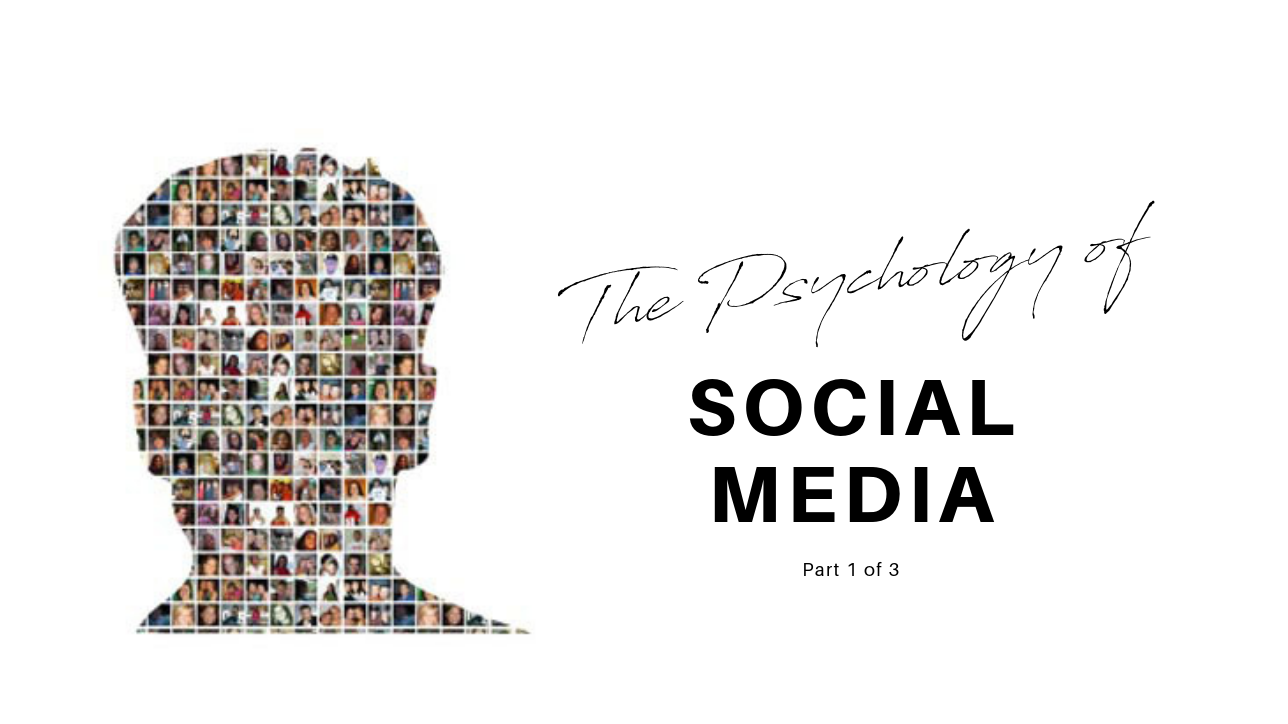At its core, social media isn’t as much about technology as it is about people and what makes their minds work. The psychological connection between social media and marketing is critical–perhaps even more than previously thought.
(This is part 1 of 3 in our Psychology of Social Media series.)
It’s a lazy Sunday afternoon and you’re settling in for some much-needed social media downtime. First, you open Facebook to browse the latest updates from friends and family, then head over to Instagram for some visual inspo. Finally, you end on Pinterest, where your eyes eagerly devour the newest trends and enough delicious recipes to last for months. It’s relaxing, inspiring, and visually stimulating. But is that all?
With each trip down social media lane, you take away something more than eye candy: behind each interchange is a story. We don’t merely post fashion trends, recipes, and photos– we post connections.
But who are the players posting these connections? What platforms are they using? When are they using them and, most importantly, why? And how can you, as a business owner, use social media to your advantage? Let’s take a journey into the psychology of social media. The importance of finding out what governs your audience has limitless value to the prosperity of your business.
The Who, What, When and Why
Who
The Key Players Using Social Media
Data tells us age, gender, and location for the people who tend to use each social media platform, as well as the percentage of people who use social media as a whole.
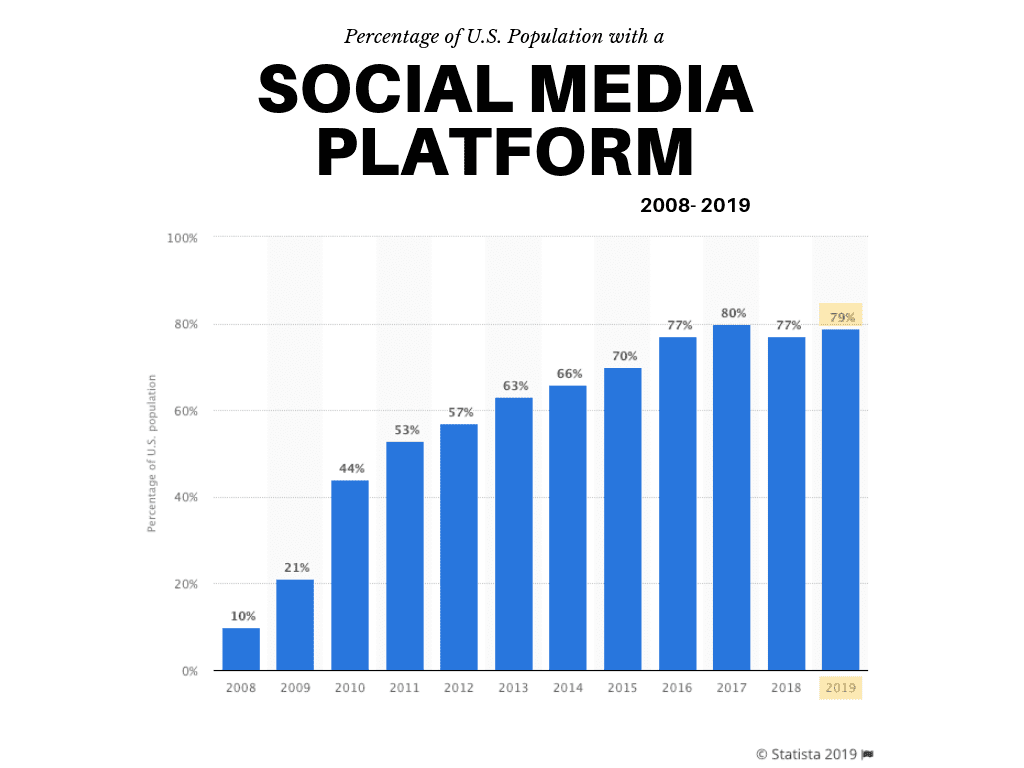
As you can see, almost 80% of people in the United States use some form of social media. On a global level, the number of worldwide social media users reached 2.34 billion this year and is expected to grow to some 2.95 billion by 2020. Knowing how many people use social media is a powerful indicator of the tremendous influence it has in our day to day life.
What
What social platforms are most utilized?
To communicate and socialize are some of the defining characteristics of us humans. What social platforms do we communicate on the most?
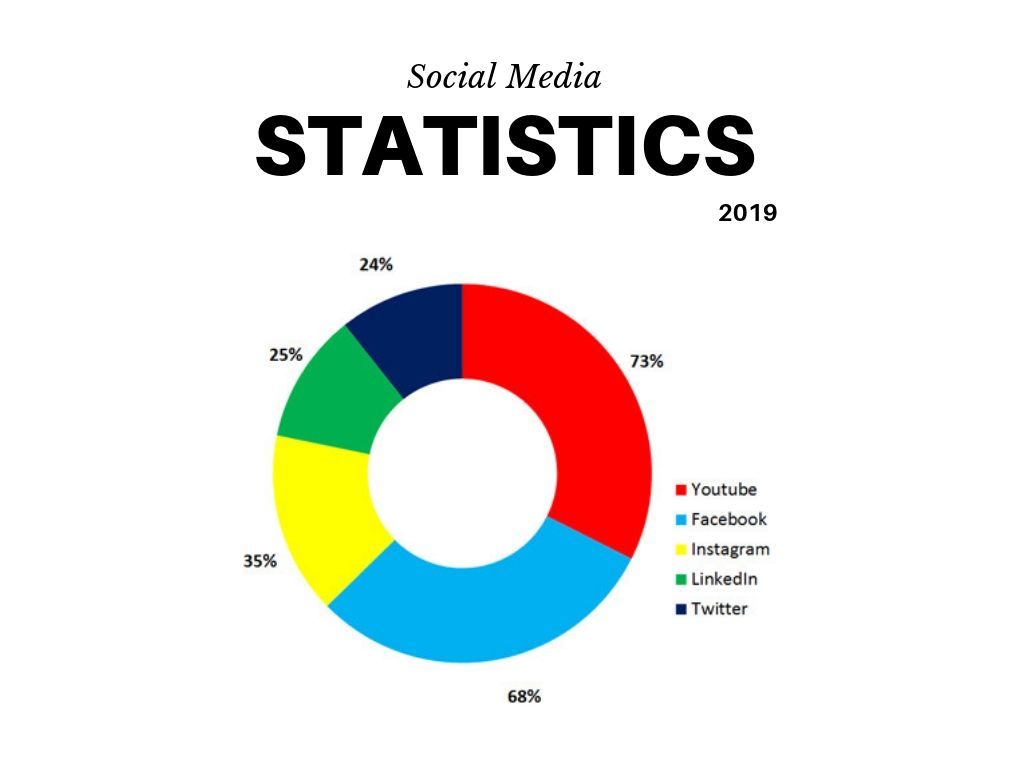
Instagram has jumped ahead to be the third most popular platform with an ever expanding lead over Pinterest, Snapchat, LinkedIn, and Twitter. Continuing to lead the pack, though, are YouTube and Facebook.
When
When are people using social platforms the most?
This answer isn’t quite as cut and dry as the others. When often depends on the platform being used.
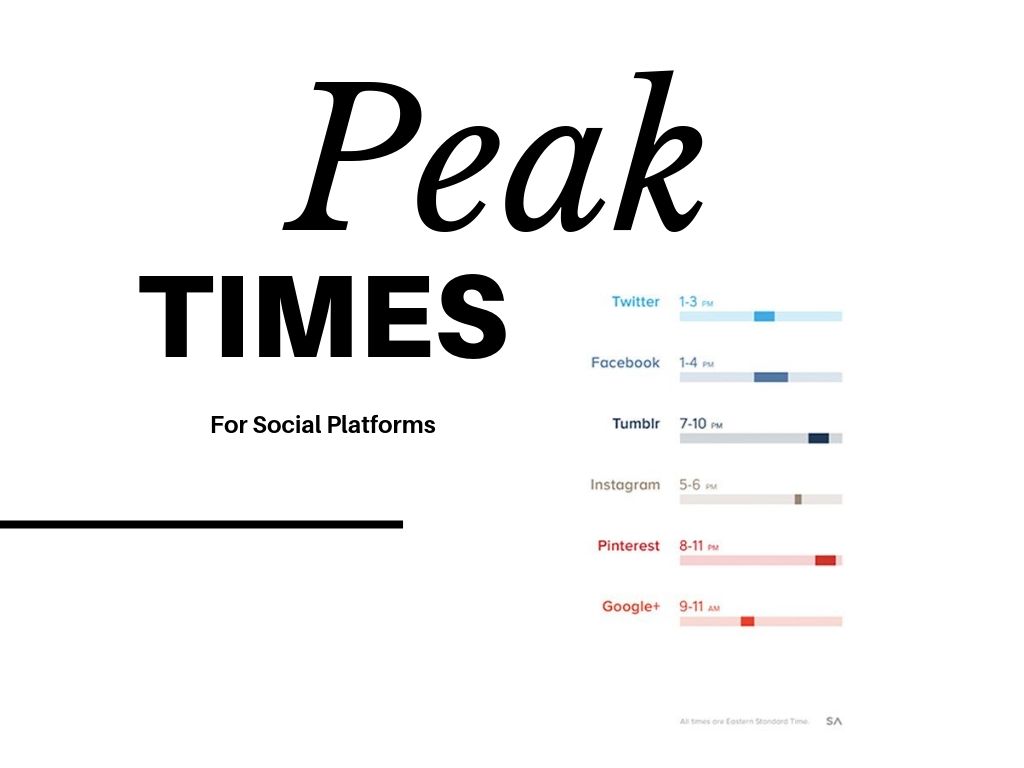
You can guarantee, though, that at any point during any given day, someone is posting something on some social platform. Just take a look at what happens every single minute on the internet! Social truly never sleeps.
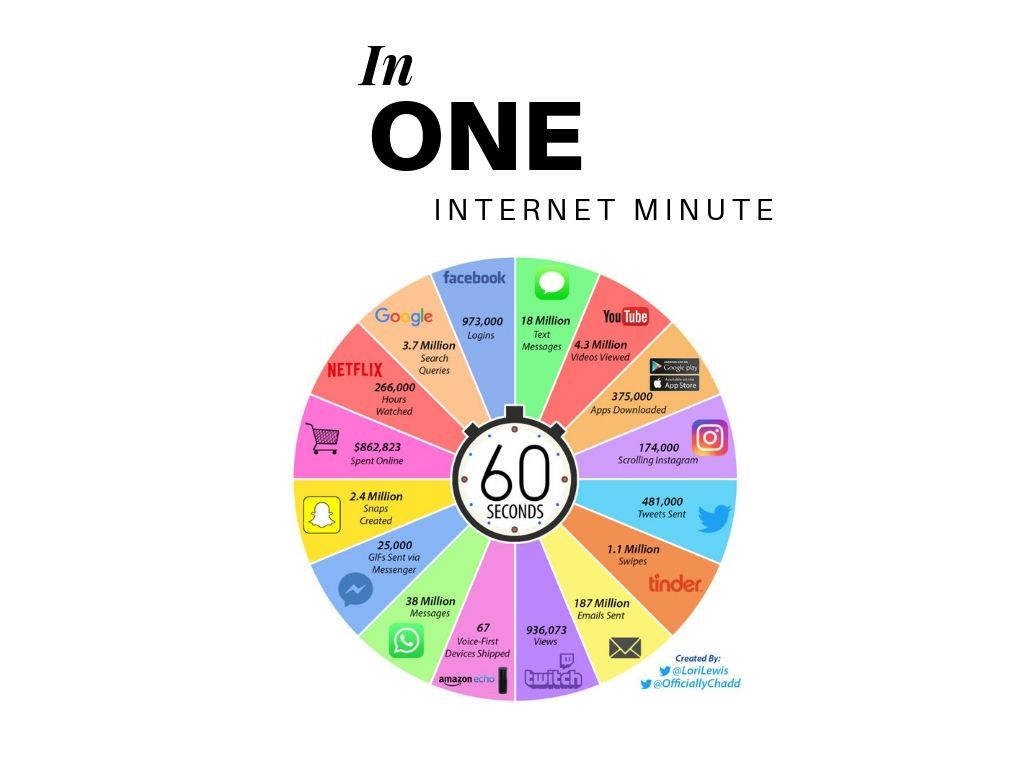
The Big Why
Why are we so hooked?
Social media is so much more than mindless distraction. It is a world within a world indicative of our innate needs to exchange ideas, express ourselves and make connections. Social media reconnects us to an essential part of ourselves and to the elemental roots of what really makes us tick. Let’s dive deeper into the psychology behind 4 essential “why’s” that drive our social media usage.
1. Why is social media so addictive?
As Psychology Today reminds us, humanity was a race of hunters and gatherers until around 10,000 years ago. Humans spent 99% of their million years on earth doing just that – hunting and gathering (Gray, Psychology Today). It stands to reason that our basic instincts are still shaped from this way of life. Though the times of foraging are long past, our impulse to act on these intrinsic needs is very much intact. As simplistic as it may seem, having platforms at our fingertips like Facebook and Pinterest activates sub-conscious impulses that result in an emotional buzz-like satisfaction. Searching and finding on social media is like finding a deer and bringing it home.
Business Takeaway: Each of us instinctively wants to hunt, gather and track… something. So give your audience something to discover.
2. Why are we tethered to our devices?
I don’t think any of us would deny that our culture is obsessed with getting instant results. (A line at the bank? *eye roll*!) Social media is the perfect answer to our “now now now” society. It allows us to skip waiting by getting everything we want at the click (or swipe) of a device. This is perhaps the reason we jump at every ping, ding, jingle and whistle our devices make.
Given constant stimulation fulfills some of our most basic needs. But more than that – what urges us to instantly check our devices the moment we hear a techno chirp is the allure of knowing who wants to interact with us. Our devices keep our minds constantly stimulated while simultaneously gratifying us with the ability to be heard and feel needed.
TIP!
For business to initiate stronger connections with a target audience, follow these guidelines:
– Respond to comments, tweets, and any connections people make on your business social media platforms.
– Jump into conversations where you can add value — just don’t get spammy!
– Stimulate your consumer base through your own content.
– Pay attention to your target audience’s content and use that as a connection base.
Business Takeaway: At our core, everyone desires connection and contribution. Remember, we all love attention!
3. Why is social media so appealing?
Lets get back to the basics. From birth, we are born as emotional beings whose state of mind is typically first demonstrated through facial expressions, followed by verbal expression. This demonstrates the basic core need for emotional expression. Emotional expression has a new outlet, though, and its name is social media. Dr. Paul Ekman, a leading figure in social psychology, suggests that there are 6 basic universal emotions regardless of language or culture. This theory has recently been whittled down to 4 basic emotions, and research is finding that social media taps into each of them (sci-news.com).
For years, social media has been a premier way to touch, tap into, and share moods across a broad range of topics. It might surprise you to discover how interconnected emotional outlets of social expression and business marketing really are. Here’s what researchers found: through data analysis of the IPA dataBank, case studies from 1,400 successful advertising campaigns revealed that campaigns with an emotional content performed almost twice as well.
Business Takeaway: Get emotional!
4. Why are we drawn to some things more than others?
I know we’ve all heard the expression that content is king. Though there is some truth to that statement, science has found that emotion is even more contagious than content! Positive emotion tends to be the driving force behind the majority of things that go viral. Psychology Today found that negative posts on social media resulted in only 1 re-share, but positive posts gained an average of 4 or more! It’s not only a positive message, but a positive emotional connection that is important. For example, a smiley face is happy, but lacks the emotional trigger of a video of a baby giggling hysterically. Tap into both.
Business Takeaway: Keeping messages positive and funny will give you greater impact and expand your viewing audience.
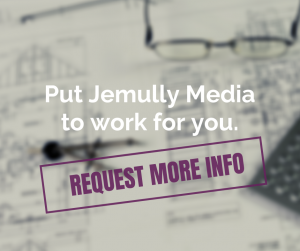 Breaking It Down: What does it all mean?
Breaking It Down: What does it all mean?
The psychological component is behind every social platform. Allow it to inform your digital marketing with understanding and insight into what motivates every like, share or retweet.
So return back to your lazy Sunday. As you browse each social platform, see each with new eyes. See that behind each face, each filtered photo, and the visual eye candy, there is a narrative. Notice why you like or share one image or idea over another. It’s evident that each of us are sharing much more than a video or an image; we’re sharing the emotional connection that valuable content creates.

